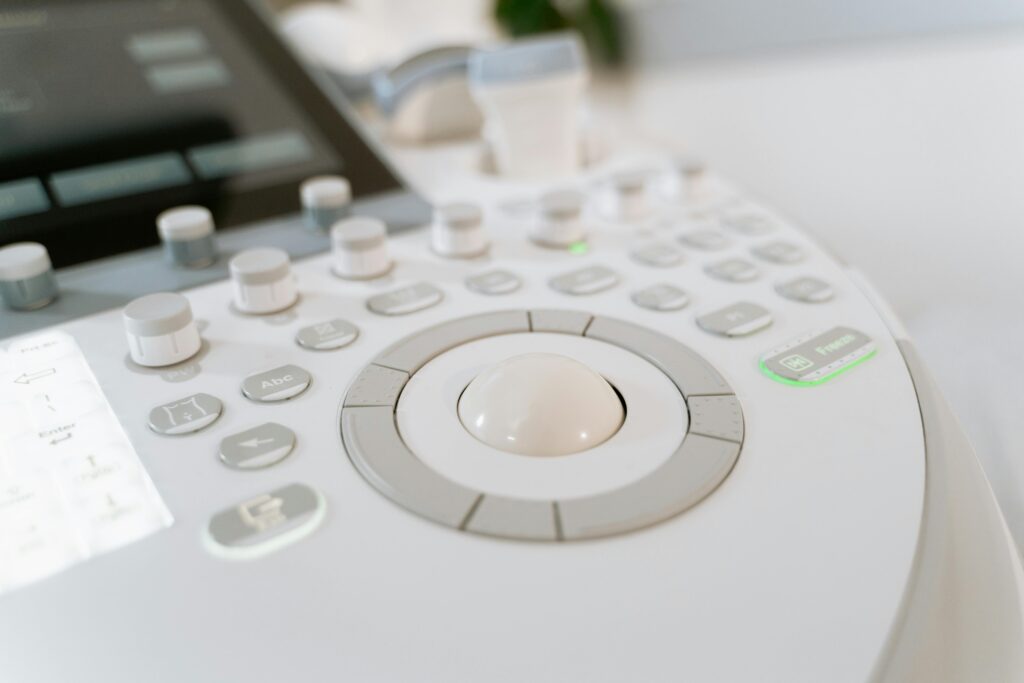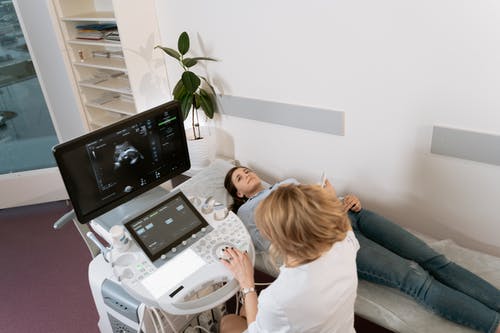Ultrasound devices play an important role in medical diagnostics, providing real-time data display capabilities for healthcare providers in a wide range of clinical applications. In this article, we explore the different options available in ultrasound equipment and provide healthcare providers with a guide to effectively navigate the selection process.
Understanding Ultrasound Equipment
Ultrasound equipment consists of several key components, including transducers and controls. panel, screen, and processor. Sensors generate and receive sound waves, while a control panel allows users to adjust picture settings. The monitor displays the ultrasound images and the processor analyzes and processes the image data.
Types of ultrasound devices
Ultrasound devices come in different configurations to suit different clinical settings and user preferences. Portable ultrasound offers mobility and flexibility for point-of-care imaging, while cart-based systems offer advanced imaging capabilities in fixed clinical environments. Handheld ultrasounds offer compactness and convenience on the go.
What to consider when choosing an ultrasound device
Healthcare providers should consider factors such as budget, imaging requirements, and clinical specialties when choosing an ultrasound device. and user preferences. An assessment of a facility’s imaging needs and workflow processes is essential to selecting the most appropriate device to meet both clinical and operational requirements.
Image Quality and Resolution
Image quality and resolution are critical aspects of ultrasound imaging because they affect. diagnostic tasks. accuracy and visualization of anatomical structures. Factors affecting image quality include converter frequency, technological advances, and signal processing techniques. Healthcare providers should prefer ultrasound devices that offer high-resolution imaging capabilities to improve diagnostic accuracy.
Advanced Features and Imaging Modes
Advanced features and imaging modes enhance the diagnostic capabilities of ultrasound devices, allowing healthcare providers to visualize anatomical structures and more accurately assess physiological functions. Features such as 3D/4D imaging, Doppler imaging for blood flow assessment, and elastography for tissue stiffness analysis provide valuable information for clinical decision making.
Workflow integration and connectivity
Workflow integration and connectivity streamline imaging processes and facilitate smooth operations and data management in healthcare institutions. Ultrasound devices that are compatible with electronic medical record (EMR) systems and provide imaging solutions improve workflow and promote interoperability in healthcare settings.
User Interface and Ease of Use
User interface design and ease of use are important. for healthcare providers when choosing an ultrasound device. Intuitive controls, customizable settings and user-friendly interfaces promote efficient operation and user satisfaction. Healthcare providers should prefer ultrasound devices that offer a user-friendly interface and intuitive workflow.
Service and Support
Service and support are important factors to consider when investing in an ultrasound device. Manufacturers’ warranty policies, technical support services and training programs are critical to the continued performance and maintenance of ultrasound equipment. Healthcare providers should choose reliable manufacturers that offer comprehensive services and support options.
Conclusion
Ultimately, exploring ultrasound device options requires careful consideration of several factors, including imaging requirements, clinical specialties, and user preferences. By evaluating key aspects such as image quality, advanced features, workflow integration, user interface, and service and support, healthcare providers can select the most appropriate ultrasound device to meet their clinical and operational needs. Investing in the right ultrasound equipment improves diagnostic capabilities, improves workflow efficiency and ultimately improves patient care outcomes.



